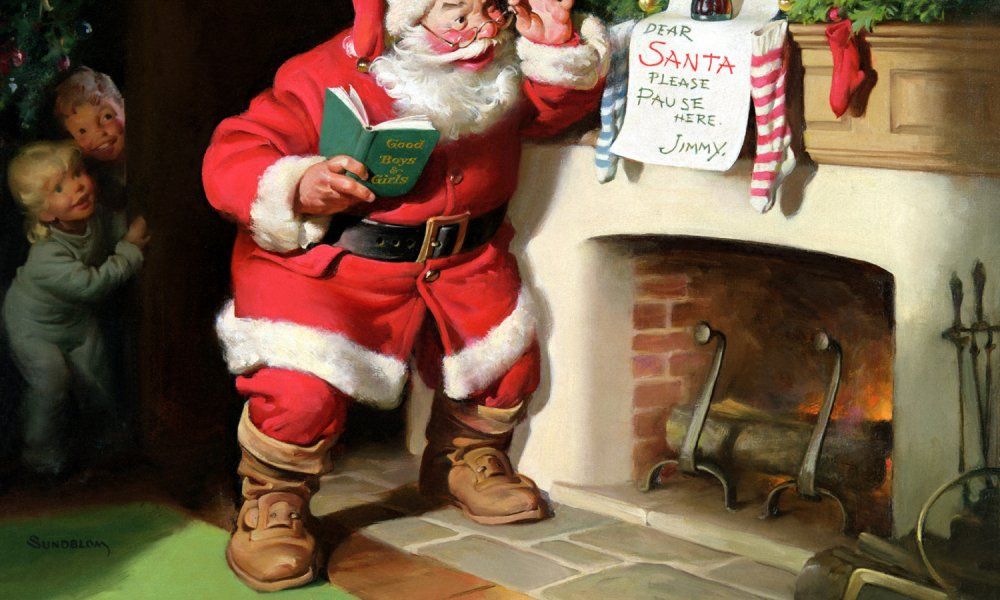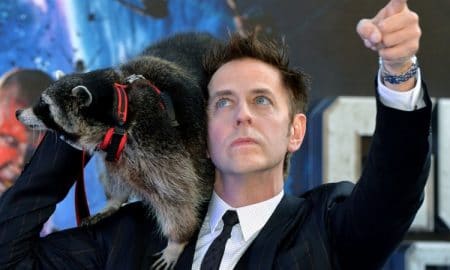Around the world, everyone who’s fortunate enough to celebrate Christmas, knows that it’s the coolest holiday on the planet Earth. Not for any reason of religious superiority — far from it — but because the holiday has long since transcended its Christians roots to become a cultural celebration of warmth, family, food, and gifts. It’s the one time a year where people are urged on a cultural level, to not be so mean to one another. But how did we get here? How did Christ’s b-day get moved to the middle of winter, and how did the secular world latch on to the brightest, most joyful holiday in the world?
1. Every Pedant’s Favorite Fact: Jesus Wasn’t Actually Born on December 25
Well, he might have been. The truth is that historians can’t actually pin down the exact date of Jesus’ birth. If you’re willing to use the Bible as a reliable source of historical information — like trusting the placement of stars in the sky, or the fact that shepherds were both in their fields and willing to undertake a journey because, you know, astrology — then the good money puts Christ’s birth sometime in the early Summer.
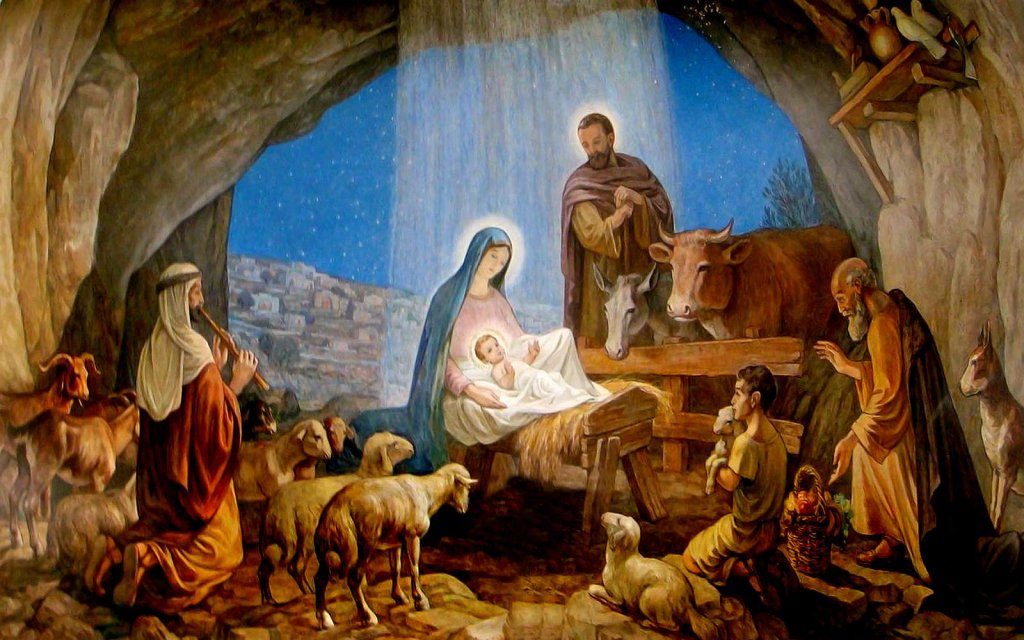
2. Debate About His Birthday All You Want; For Christians Going Holy, That’s Not the Point
To be perfectly honest though, most early Christian scholars really didn’t care about the exact date of Jesus’ birth. On the level, no one is actually sure of the exact year of Jesus’ birth (only that it was definitely in AD 1). They were mostly interested in his time as a wandering moral do-gooder, and so most accounts of his life begin with his baptism, i.e. the moment he strapped on that Messiah hood. The message is clear: if you celebrate Christmas for religious reasons, you’re celebrating Jesus’ life, not the date of his birth. It’s important THAT he lived, not so much when. Okay, blah blah blah, on to the history!
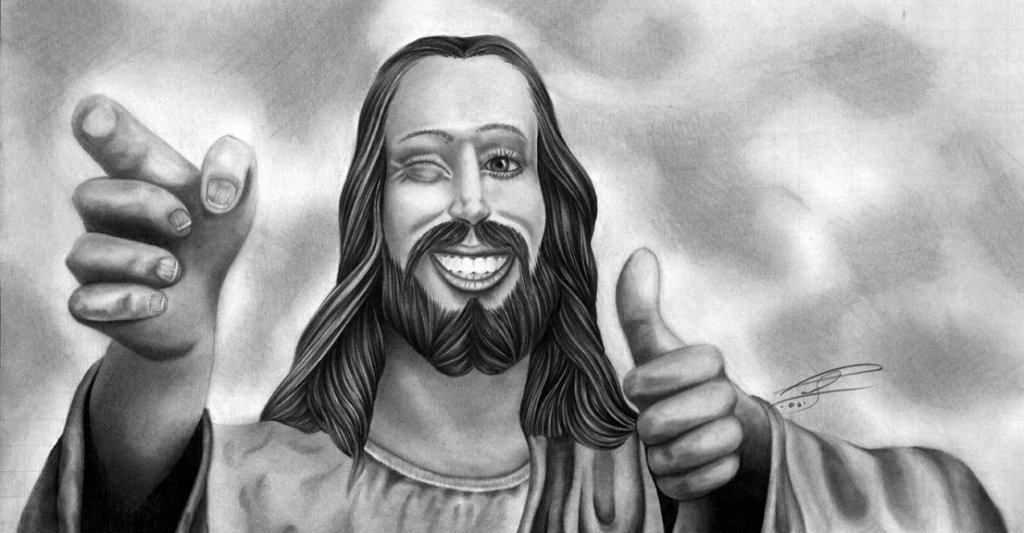
3. If You’re Trying to Rally the Ancient World For a Celebration, Winter is the Perfect Time of Year
In the ancient world, before Christmas was a thing, winter wasn’t the friendly Instagram pictures in the snow time it is today. More often than not, people of that time took a note from the ant and worked their butts off all year long, so they’d have enough supplies to get through the winter. Right before the weather would turn nasty, people would harvest their crops, slaughter most of their animals (because it’d mean less mouths to feed), and hoist up their first fermented mug of beer. More than anything, it was a time to survive. And hey, while you’ve got all that fresh meat, vegetables, and new booze, why not throw a party right?
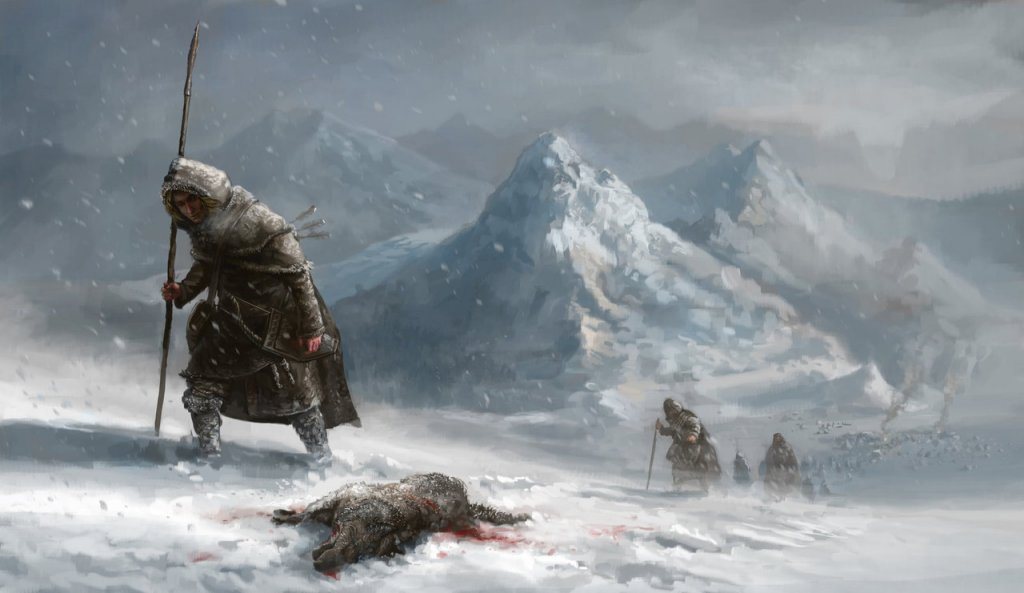
4. Meet Saturnalia, the Holiday that Christmas Had to Beat
Obviously, Christians weren’t the first ones to want to celebrate an important date in the winter. In fact, before Christmas could truly take hold, Christmas had to work in conjunction with another holiday. Something a little more . . . liberal. Historically, the dates of December 17-25 marked the pagan holiday of Saturnalia. For reasons that shall soon be made clear, Saturnalia was a massive hit among the Roman people. Like a Greco-Roman Purge Night, Saturnalia was a seven-day period in which the Roman courts shut down and absolutely no laws were enforced. Even better, over the course of the week, towns would pick one person whom they’d ply endlessly with sex, booze, and decadent food. At the end of the week, said person would get sacrificed . . . but death was probably a sweet release at that point. Throughout Saturnalia, there was rampant boozing, tons of gratuitous nudity, more than a few reports of rape, cases of murder, and lots and lots of singing (also gratuitous). If the sum total of Saturnalia sounds mildly terrifying to you, congratulations on being a normal human.
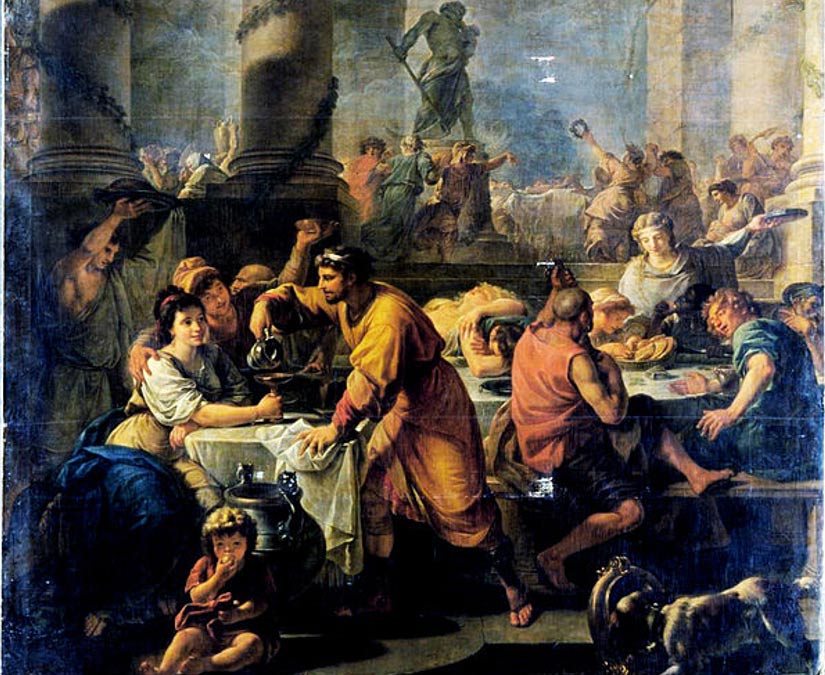
5. For Three Hundred Years, It Was All About Easter
For the first three hundred years of Christianity, Easter was the most important holiday on the calendar. In keeping with those aforementioned Biblical scholars’ bent, Christians were only interested in celebrating the death and resurrection of Jesus (i.e. the punctuation on the end of his whole theoretical point). It wasn’t until the fourth century AD, around 336, that Pope Julius I and the Christian church, decided to celebrate the birth of Jesus. Since no one actually knew any of the historical details of Jesus’ birth, it was decided to plop the festival at a convenient time of year, miraculously right at the end of Saturnalia.

6. The Pacification of the Ancient Roman Holiday
Originally called the Feast of the Nativity, Christmas was kind of tacked on to the end of Saturnalia in Italy, in 336 AD. The general idea was to absorb the eating, drinking, and merriment of Saturnalia, without all the murder-y, rape-y bits. As the Church’s power grew over the next several hundred years, the celebration spread from Italy to Egypt and then to England (where they arguably do it best). Thanks to the early influence of Saturnalia, the raucous partying of the holiday stuck throughout the centuries, and it’s popularity remained high among Christians (probably because it was a rare time to cut loose throughout the year).
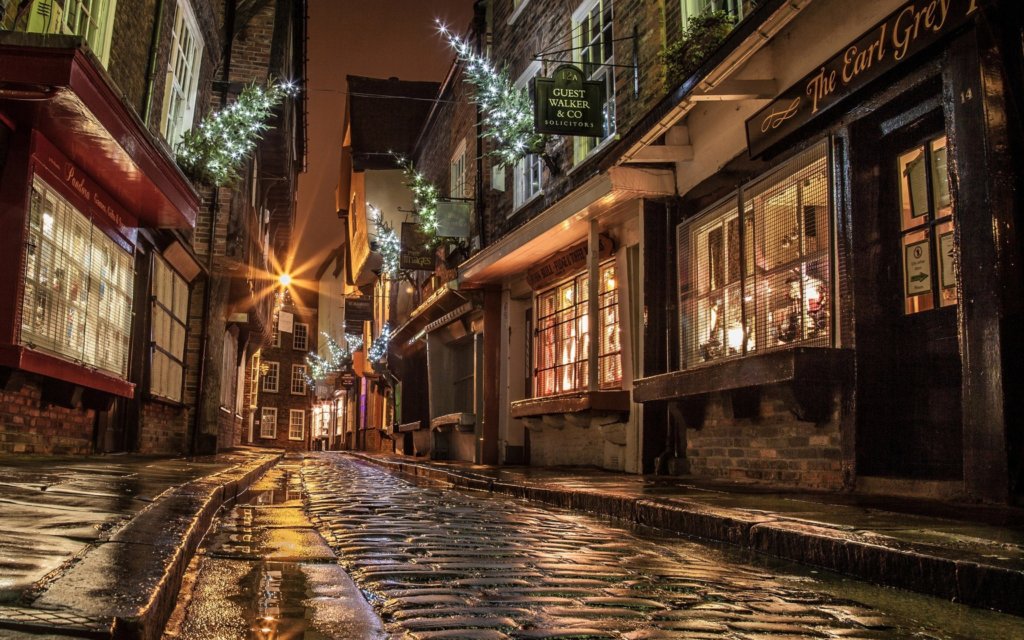
7. A Reversal of Roles Was an Integral Part of Early Christmas Celebrations
During the celebration of Saturnalia, the slaves were essentially freed, and were allowed to talk and act like actual people. This concept remained at the core of Christmas celebrations through the Middle Ages, when homeless people would expect charity from the rich, and kids were spoiled rotten. Again, the holiday remained popular until the modern age. Except in America.

8. In America Christmas Had to Begin Again
When America broke from the English in 1776, most English traditions were cast aside with great disdain. That rejection is a small part of the reason that America is actually a coffee-drinking country, not a tea-drinking one (but I digress). For nearly a hundred years, Christmas had to regain its foothold in the United States, while the rest of the world joined in the fun. As it grew, America transformed Christmas into the family-focused holiday that’s largely celebrated today (stupid Pilgrim nation). Of course, while Christmas was extremely popular by the mid-nineteenth century, it wasn’t declared an official US holiday until 1870.
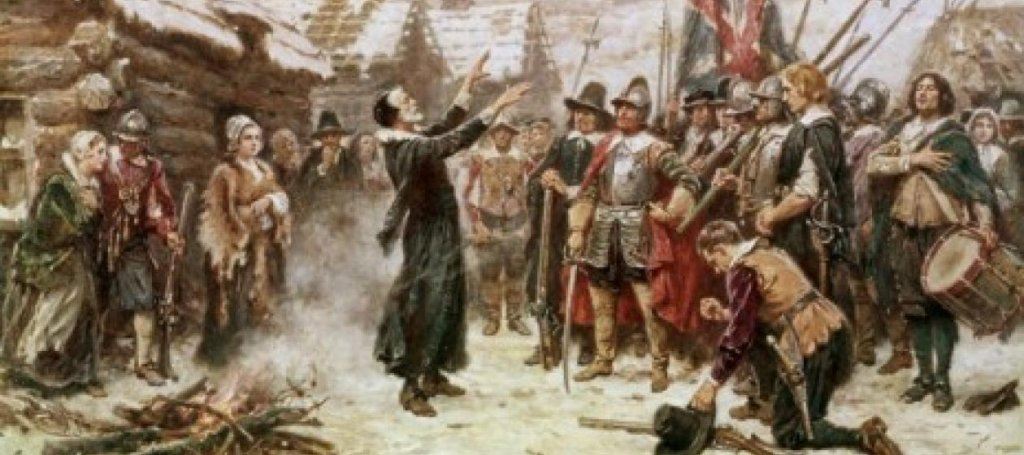
9. The Work of a Few Geniuses Helped Shape the Holiday
It was two masters of the written word, Washington Irving, and Charles Dickens, who essentially decided what would compose the core of a modern Christmas. They just weaved them into irresistible tales that took hold in the public consciousness. Irving’s The Sketchbook of Geoffrey Crayon, invented a whole bunch of wholesome stories about Christmas celebrations at an English mansion (think: Downton Abbey Christmas specials without so much sudden death). These tales were immensely popular, and eventually translated into real world practices. Dickens’ contribution to the Christmas season was, obviously, A Christmas Carol. Since he was already a literary rock star, his novel (and its themes of charity and togetherness) were immediately added to the Christmas canon.
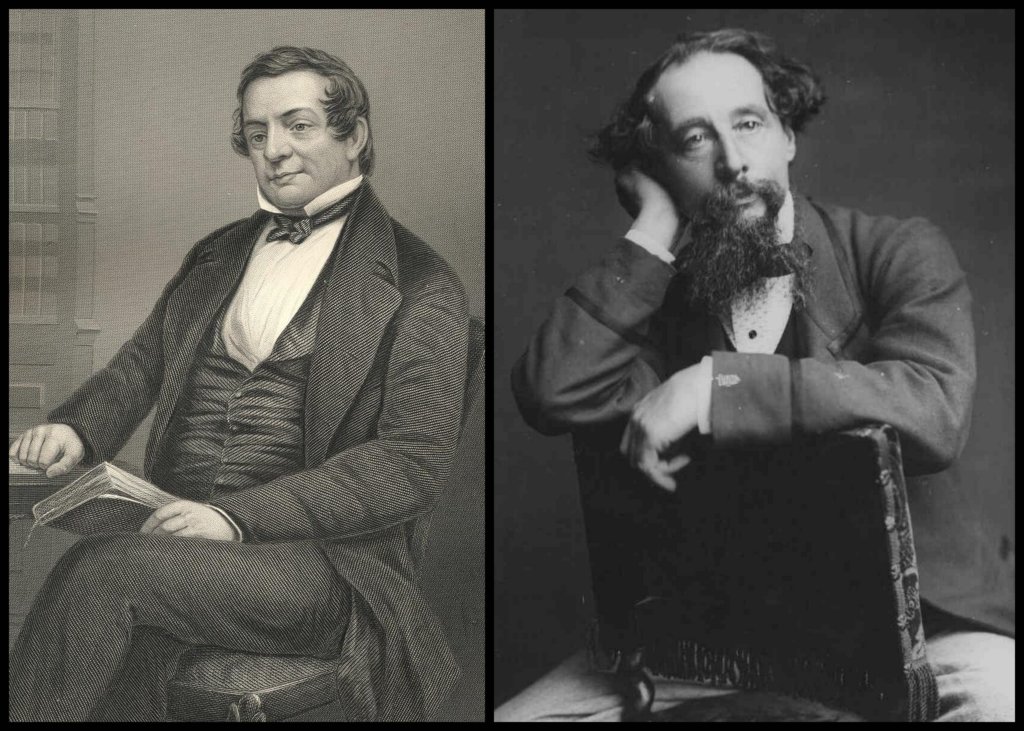
10. St. Nicholas Transforms into the World’s Favorite Gift Giver
In the Christian tradition, St. Nicholas was supposedly born around 280 AD. A man of immense generosity of spirit, his whole life is marked with moments of crazy-talented giving. Like the time he saved three sisters from being sold into prostitution. Or the time he gave away all his worldly possessions, so he could walk the countryside and help the poor and sick, Jesus-style. Even when people started converting to Protestantism, St. Nicholas remained popular because of his innate awesomeness. In America, the Dutch made headlines for celebrating Sinter Klaas, a shortened version of Sint Nikolaas. Once again, Washington Irving did his part to popularize Christmas, by writing about Saint Nick as the patron saint of New York, in 1809.
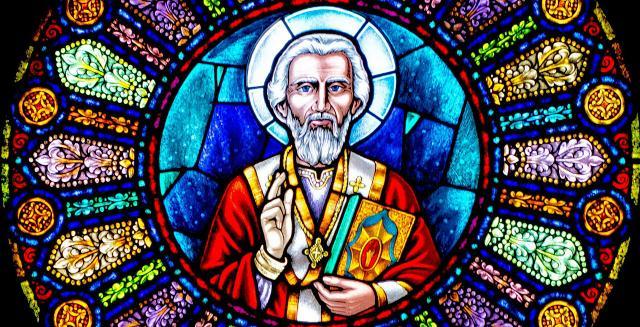
11. Capitalism, the True Patron Saint of a Modern Day Christmas
By the early 1800s, department stores in America had begun to hawk Christmas sales. Needing a good mascot, these places began to put up pictures of Santa, to lure in the kids (and their parents). In 1841, thousands of kids showed up to one store just to check out a statue of Santa Claus. Shockingly, it took another 50 years before Santa began visiting department stores: the honor of first department store Santa goes to James Edgar in 1890.
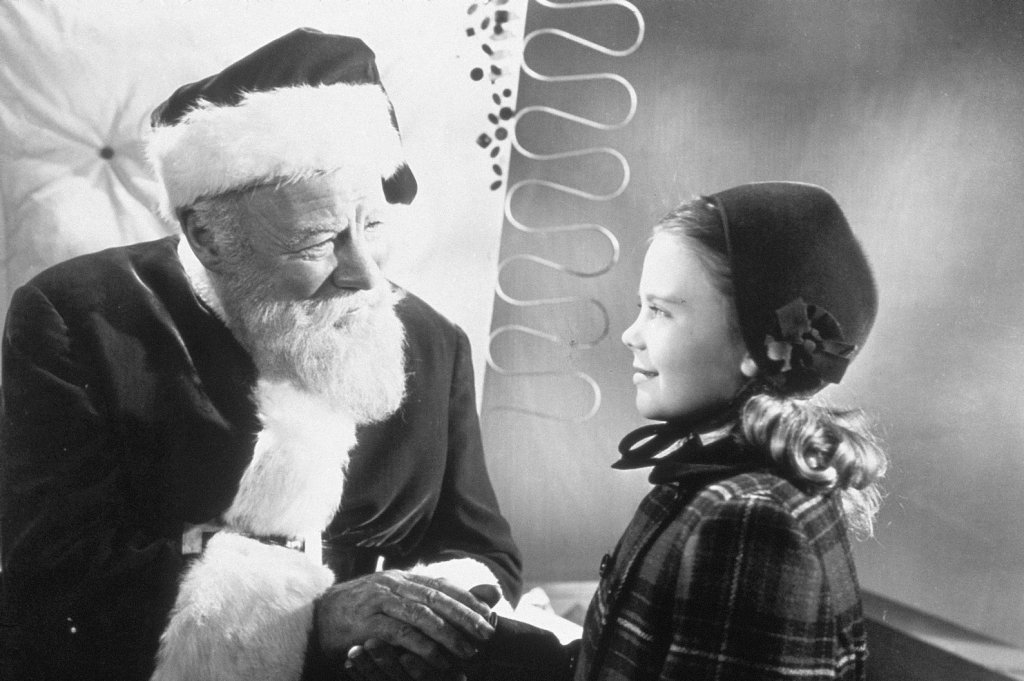
More in Entertainment
-
Amazing Before & After Hollywood VFX – Terminator Dark Fate
The Terminator saga continues with Dark Fate and now we take a look at some of the complex CGI behind the...
March 14, 2020 -
Christian Group Attempts to Ban a Show They Haven’t Seen
20,000 people have signed Return to Order’s (a Christian Group) petition asking Netflix to cancel Amazon Prime Video’s new limited series...
June 20, 2019 -
Jussie Smollett Pleads Not Guilty
Smollett pled not guilty to the 16-count indictment against him this morning. He was advised he needs to be at every...
March 14, 2019 -
Liam Payne and Naomi Campbell Fuel Relationship Rumors
The 25-year-old former boy bander has been seen all over town with his rumored new fling, 48-year-old supermodel Naomi Campbell. The...
March 13, 2019 -
Amazing Before & After Hollywood VFX Tron Legacy
Today we step inside the neon world of Tron and take a look at some of the tedious visual effects applied...
February 19, 2019 -
The ‘Guardians of the Galaxy’ Cast Stands Up for Their Embattled Director
It’s been more than a week since news broke that Disney had axed James Gunn for a series of tweets he...
July 30, 2018








